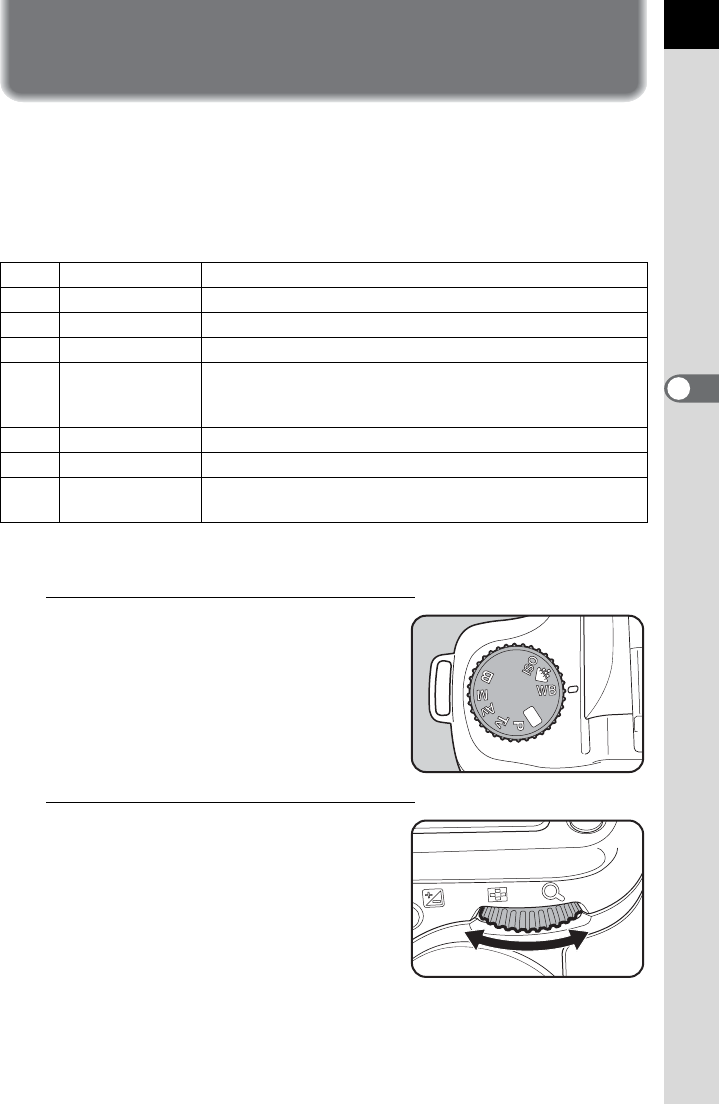Operating Manual
Table Of Contents
- FOR YOUR SAFETY
- PRECAUTIONS FOR BATTERY USAGE
- Handling the Camera
- CONTENTS
- Contents of this manual
- 1 Before using your camera
- 2 Getting Started
- 3 Basic Operation
- 4 Shooting Functions
- 5 Playback Functions
- 6 Settings
- Setting Menu List
- How to Operate the Settings Menu
- Camera Settings
- Formatting a CF card
- Setting the Custom Functions
- Setting the Color Saturation
- Setting the Image Sharpness
- Setting the Contrast
- Setting the Instant Review
- Auto Power Off
- Turning the Beep On and Off
- Changing the Date Style and Date / Time
- Setting the World Time
- Setting the Display Language
- Selecting the Video Output Format
- Setting the LCD Monitor Brightness
- Resetting the File Number
- Setting the Slideshow
- Sensor Cleaning
- Resetting to Default Settings
- Custom Function Chart
- List of City Names
- 7 Connecting
- 8 Appendix
- More Details about Capture Functions
- Effect of Aperture and Shutter Speed
- Calculating flash distance from the aperture used (using built-in flash)
- Calculating aperture used from the flash distance (using the built-in flash)
- F, FA and FA J Lenses Compatibility with the Built-in Flash
- Setting the White Balance Manually
- FUNCTIONS AVAILABLE WITH VARIOUS LENS COMBINATIONS
- Optional Accessories
- Cleaning the CCD
- Precautions Regarding Memory Cards
- Error Messages
- Troubleshooting
- Main Specifications
- Glossary
- WARRANTY POLICY
- More Details about Capture Functions

55
Shooting Functions
4
Setting the White Balance
The color of the subject changes with the light source. For example, the
same white object will be a different shade of white in daylight than under
a light bulb. In cameras using film, this is adjusted by changing the film or
using filters. In digital cameras, the whiteness is adjusted using white
balance.
1
Set the mode dial to n.
2
Select the white balance with
the Av dial.
F Automatic The camera makes the adjustment automatically.
G Daylight For taking pictures outside in sunlight.
H Shade For taking pictures outside in the shade.
^ Cloudy For taking pictures on cloudy days.
J
Fluorescent
Light
For taking pictures under fluorescent light. Select the
type of fluorescent light, from W white (4200°K)*,
N neutral white (5000°K)*, and D daylight (6500°K)*.
I Tungsten Light For taking pictures under tungsten light bulbs.
b Flash For taking pictures using the electronic flash.
K Manual
For taking pictures by manually adjusting the white
balance.
* The color temperature (°K) is estimated. This does not indicate precise colors. See page
143 for color temperature.










